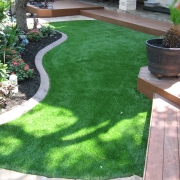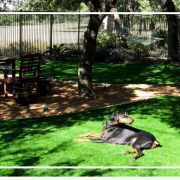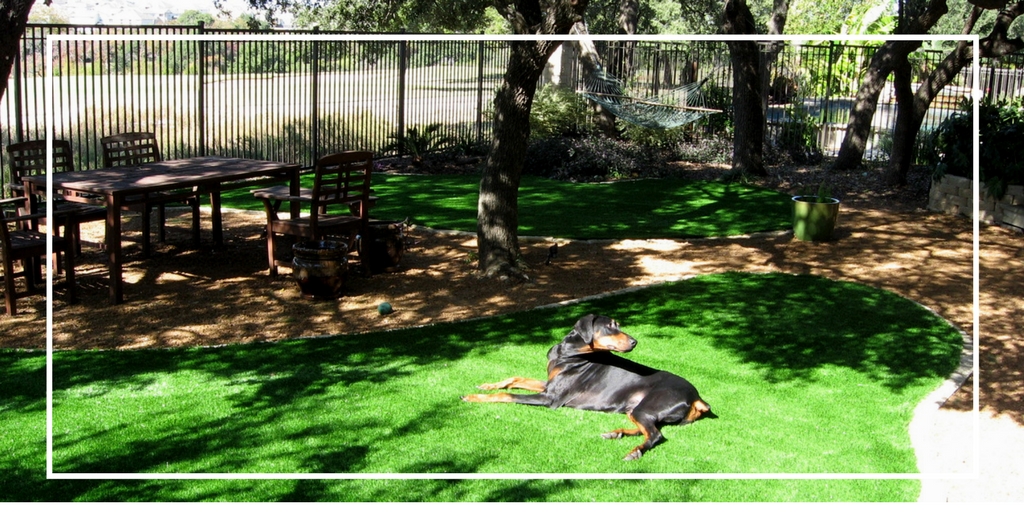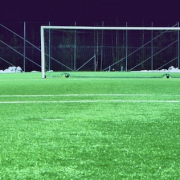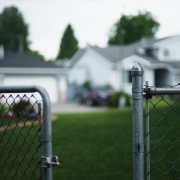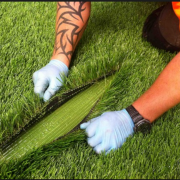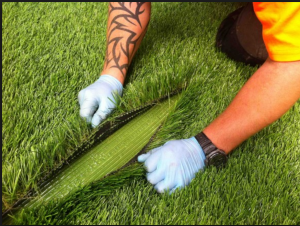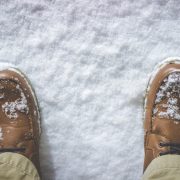Complement a Garden to a Synthetic Lawn
Complement a Garden to a Synthetic Lawn
One of the vast benefits of synthetic turf is its ability to blend in with foliage and plants. You could almost say it’s better to complement the two. Even though turf is synthetic in nature, it pairs well with real plants. The reason being is because it’s hard to tell the difference between grass and our synthetic turf. Without the added cost in maintenance and time spent watering your lawn, you can use those extra hours to spruce up the foliage landscape. Luckily, synthetic grass can be adaptable to any type of area as it won’t be affected by landscaping or even yards without the added trimmings.
Additionally, it’s nice to know that you can install turf anywhere at anytime of the year. We cut and craft the shape of turf to align to the area in which you would like it placed. Some individuals wish to add stones, sand, rocks, etc. along their turf and it doesn’t matter, because we’ve done it all. The visual array of the artificial grass makes everything else around it look more vibrant and spruced up. Even during harsh winter months or dry summers, the lawn will stay in pristine shape.
A further benefit is pest control. Without real grass, less pests will affect your garden area. We will go further into this in next week’s blog. For now, let’s check out different ways in which to blend artificial grass and plant-infused landscapes. The pictures below are all projects done by Texas Custom Turf. To begin, the first image clearly shows a typical garden, which is divided by a stone trim. The synthetic turf easily aligns to the curvy shape in which the garden is formed. The second image is a yard split off by the hilly terrain behind it. Even though these are two completely different landscapes, the foliage still fits well alongside the artificial grass. The last image is a house set on a small lawn decorated by ordinary plants in pots to lighten up the synthetic yard. All three yards are different, yet each provide an impeccable look.

